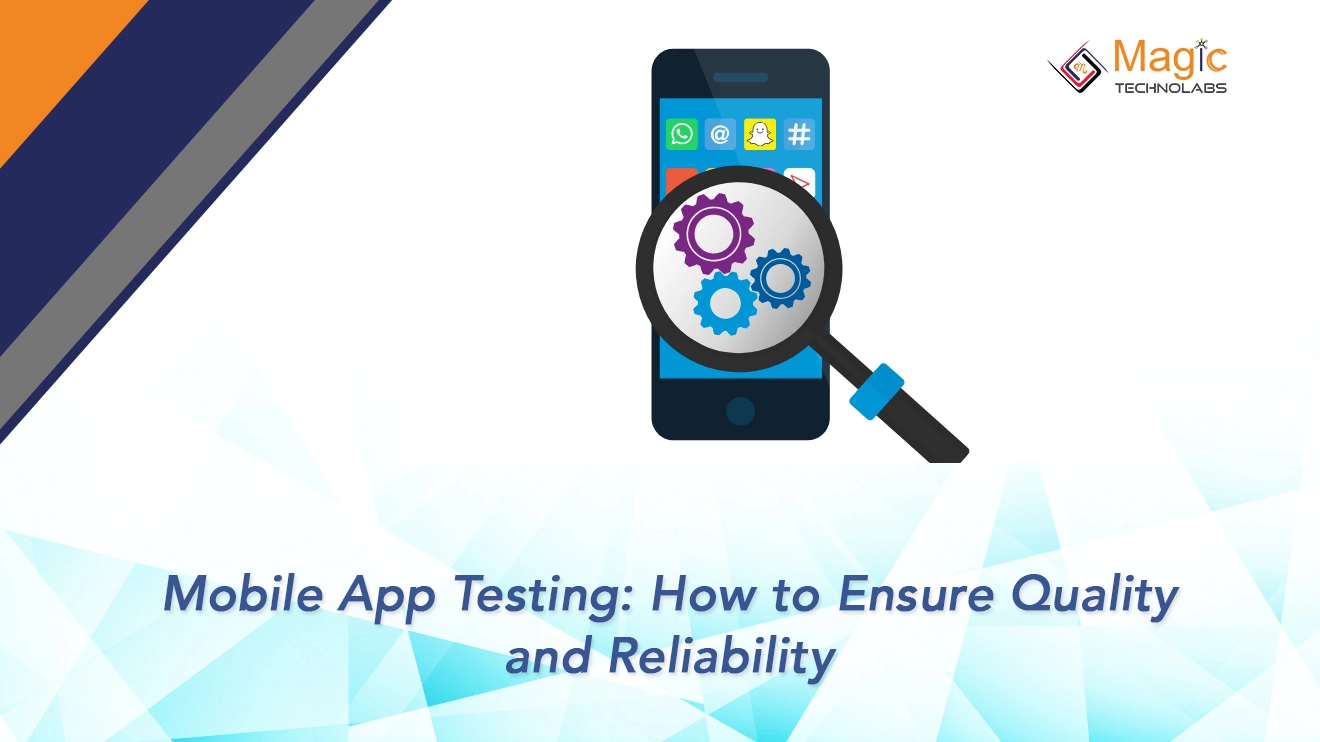In the ever-evolving landscape of mobile app development, ensuring the quality and reliability of your application is crucial for success. Here's a comprehensive guide on how to achieve excellence in mobile app testing.
1. Comprehensive Functionality Testing: Thoroughly assess every aspect of your app's functionality. From basic features to intricate interactions, ensure that each element performs seamlessly. This includes rigorous testing of navigation, buttons, forms, and any interactive components.
2. Device and Platform Compatibility: Given the diverse range of devices and operating systems, conduct compatibility testing. Ensure your app functions seamlessly across various devices, screen sizes, and operating systems to deliver a consistent experience for all users.
3. Performance and Load Testing: Evaluate your app's performance under various conditions. Conduct load testing to understand how the app performs under heavy user traffic. Identify and address any performance bottlenecks to guarantee a smooth user experience.
4. Security Testing: Prioritize the security of your app. Conduct comprehensive security testing to identify and rectify vulnerabilities. This includes verification of encryption, securing data storage, and protection against common threats such as SQL injection and cross-site scripting.
5. Usability Testing: Ensure your app is user-friendly by conducting usability testing. Identify and address any design or interface issues that may impact user experience. Collect feedback on navigation, layout, and overall user satisfaction.
6. Regression Testing: With ongoing updates and feature additions, perform regression testing. This ensures that new changes do not negatively impact existing functionalities, maintaining the overall reliability of the application.
7. Automated Testing: Incorporate automated testing into your development process. Automated tests catch issues early in the development cycle, saving time and ensuring a more efficient and reliable app release.
8. Network Conditions Testing: Simulate various network conditions, including poor connectivity and varying bandwidths. This type of testing ensures that your app remains functional even in less-than-ideal network scenarios.
9. Beta Testing: Before the official release, conduct beta testing with a group of real users. Gather valuable feedback on any issues encountered, providing insights into user experience and identifying potential improvements.
10. Continuous Monitoring: Post-launch, implement continuous monitoring of your app's performance and user feedback. This allows you to promptly address emerging issues, ensuring a high level of reliability over time.
By adhering to these testing strategies, you can elevate your mobile app's quality and reliability, delivering an exceptional user experience in a competitive digital landscape.
















